BBC stays true to its boxy self in 100th anniversary look
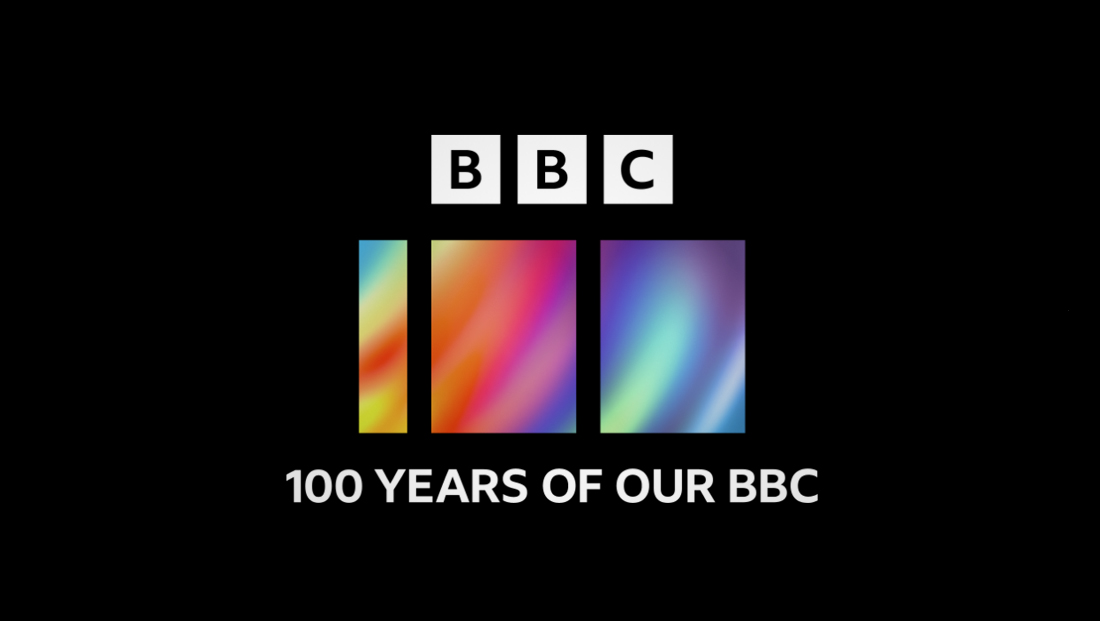
Weekly insights on the technology, production and business decisions shaping media and broadcast. Free to access. Independent coverage. Unsubscribe anytime.
As part of a cross-platform effort to mark its 100th anniversary as a broadcaster, the BBC has created a “100” icon that channels the clean, geometric look that it has become known for.
The blocky “100” icon features a single, narrow vertical rectangle meant to read as the “1” and two identically-sized wider ones that are meant to be read as the two “0”s.
The look is abstract in a way — it drops the cap and baseline elements found in many typefaces’ ones and shifts the zeroes away from being oval or circular and completely ignores the traditional donut-like hole in the center.
For color, the broadcaster opted to fill the three shapes with splashes and bursts of various colors — ranging from warmer shades on the left and cooler ones on the right (though there is a hint of teal blue in the upper left corner of the one).
At least some of this appears to be influenced by the 2021 rebranding that saw a new logo as well as distinct colored marks for various divisions and offerings of the now diverse media organization.
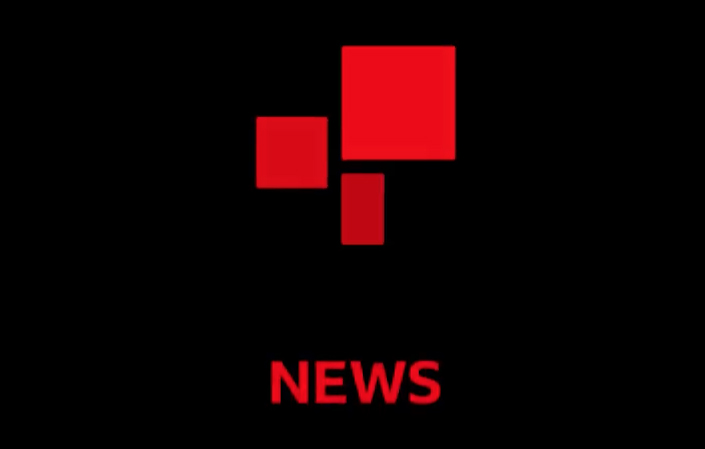

BBC News, for example, took on the network’s traditional red color and got a trio of rectangles and squares as an icon.
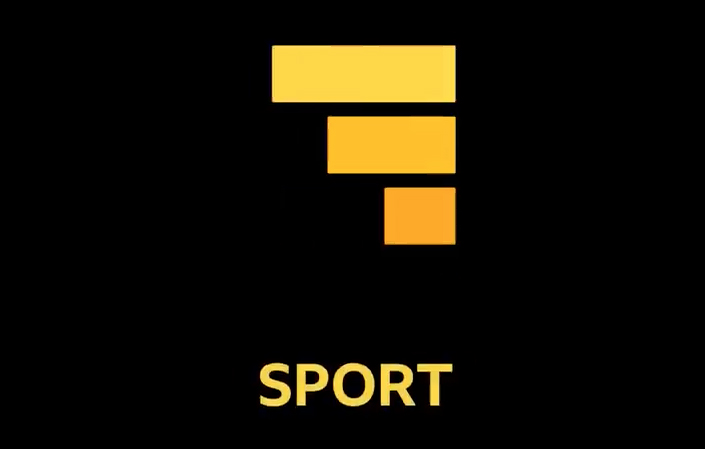

The sport divison retained its yellow shade from its 2017 redesign but added three stacked bands suggestive of motion and movement.
There were also distinct icons and colors for BBC Sounds, BBC Bitesize, BBC Weather and BBC iPlayer, all of which were created using three shapes arranged in a thematic way.
In this way, the idea of three shapes, which is also found in the broadcaster’s iconic logo, is repeated with the 100th anniversary design as well.
The 100 year logo is typically accompanied by the BBC logo, which got a refresh in 2021 with revised spacing and switching over to a bespoke custom font known as BBC Reith, first introduced as part of the 2017 updates.
BBC Reith is named for Baron Reith, an executive who played a key role in establishing the BBC as an independent public service broadcaster.
Previously, BBC famously used Gill Sans, a typeface that it shared with the London Underground.
BBC has an extensive interactive offering on its website, with sections devoted to 100 key events in its history, 100 meaningful objects, 100 faces and 100 voices.
The BBC counts Oct. 18, 1922, as its official birthdate, the date when what was then known as the British Broadcasting Company was formed around radio offerings. It wouldn’t expand into widespread television broadcasts until the 1930s and 1940s.
Now known as the British Broadcasting Corporation, the organization holds authority via a royal charter and receives much of its funding from a £159 (about $180 U.S.) license fee that U.K. households with televisions pay each year.
Unfortunately, the broadcaster is facing challenges even as it marks a century of service.
There have been increasing calls to eliminate the requirement for households to pay the license fee as the media industry evolves. There has also been an uptick in the number of U.K. homes that opt not to own a TV, thereby eliminating having to pay the fee.
License fees generate about £3.75 billion (over $5 billion) for the BBC — but lawmakers have frozen it for two years starting in 2022.
By freezing this fee and with inflation on the rise, the BBC could end up coming up about £2 billion short in the next two years, according to some estimates.
BBC does not generate revenue in the U.K. via advertising — its charter prohibits airing third-party commercials. Outside the U.K., however, the organization runs a variety of other services, some which are supported via ad revenue or other fees.
BBC has already announced a plan to eliminate up to 1,000 positions and consolidate or eliminate some of its offerings in order to make up for the budget shortfalls.
Most notably, the BBC Four and CBBC, a children’s channel, will move to streaming and BBC World News, which is seen around the world, and the 24-hour news service offering in the U.K. will merge into a single feed.
Alternative funding models that have been proposed include a subscription model, adding advertising, a tax on broadband internet services or an income tax.


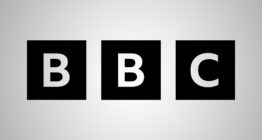
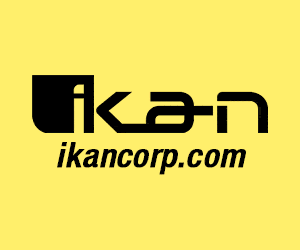


tags
Anniversary Logos, BBC, BBC News, BBC Reith, logo design
categories
Branding, Broadcast Design, Broadcast Industry News, Featured